Myeongdong Jjigae Maeul Yeongdeungpo(명동찌개마을 영등포)
12.6Km 2020-12-07
6 Yeongjung-ro 10-gil Yeongdeungpo-gu Seoul
+82-2-2068-9855
It is a restaurant frequented by office workers in Myeong-dong. This Korean dishes restaurant is located in Yeongdeungpo-gu, Seoul. The representative menu is kimchi stew.
Musée d'Histoire de Séoul (서울역사박물관)
12.6Km 2023-08-25
55, Saemunan-ro, Jongno-gu, Seoul-si
+82-2-724-0274~6
Le musée d'Histoire de Séoul présente l'histoire et la culture de Séoul en partant de la préhistoire jusqu'à l'époque moderne en se centrant sur la période de la dynastie Joseon. Pour montrer l'histoire et la culture de Séoul qui est en plein essor pour devenir une métropole mondiale et en s'établissant comme espace culturel représentatif qui récupère, préserve, étudie et organise des expositions des patrimoines culturels, le musée d'histoire de Séoul joue le rôle de musée qui insuffle fierté et solidarité aux Séoulites et qui montre l'identité de notre culture aux étrangers.
Bukchon-ri Dullegol (북촌리둘레골)
12.6Km 2021-03-19
44 Insadong 14-gil Jongno-gu Seoul
+82-2-747-9700
A restaurant with Korean traditional house-themed interior design. The representative menu is Korean table d''hote. This is a Korean cuisine located in Insa-dong, Seoul.
Place de Gwanghwamun (광화문광장)
12.6Km 2024-07-03
172, Sejong-daero, Jongno-gu, Seoul
+82-2-120
Le 1er août 2009, la nouvelle place Gwanghwamun, située au centre de la ville historique de Séoul, a été inaugurée et se présente depuis en harmonie avec le palais Gyeongbokgung et le mont Bukaksan. Un espace de vingt hectares relie désormais la porte Gwanghwamun et la place Cheonggye.
Près du parc Sejong-ro, on trouve notamment la partie « Yukjo Street » qui est la rue principale du vieux Séoul (officiellement connue sous le nom de Hanyang).
La place est notamment réputée pour sa fameuse statue du roi Sejong le Grand et la statue de l'amiral Yi Sun-Shin.
La place propose des installations d'eau dont des fontaines et jets d’eau. La rivière Cheonggyecheong propose également un sentier pédestre reliant la rivière Cheonggyecheon et le palais Gyeongbokgung. La place Gwangwhamun, en tant que place centrale à Séoul, propose régulièrement des festivités pour le public international.
Sarangchae (사랑채)
12.6Km 2016-12-30
6, Insadong 16-gil, Jongno-gu, Seoul
+82-2-737-1155
Sarangchae is located in Insa-dong, one of the most famous neighborhoods visited by tourists. Majority of the restaurant's customers are foreigners, and they offer reasonably priced Korean dishes that are highly popular among foreign visitors.
Jirisan Restaurant (지리산)
12.6Km 2019-08-01
30, Insadong 14-gil, Jongno-gu, Seoul
+82-2-723-4696
Jirisan is one of the representative Korean restaurants in Insa-dong, an area known for its traditional culture. One of the trademarks of this restaurant, besides its amazingly delectable bean and tofu dishes, is a wooden sign that welcome guests into a neat and cozy interior.
Each day, fresh beans are ground at the restaurant to prepare dishes such as soybean paste, soft tofu, and bean-curd tofu stew. Bean-curds are prepared by using seawater, which gives the tofu a unique flavor. The fresh and clean taste of the tofu is one of the many reasons that choosey tofu aficionados flock to the restaurant.
Not just limited to tofu, Jirisan presents customers with a full-range of side dishes such as kimchi, japchae (glass noodles with sautéed vegetables), cucumber kimchi, seasoned seaweed, braised lotus roots, roasted yellow corbinas (a type of fish), leafy greens, bean-curd stew, and more. The restaurant gives visitors a chance to experience a hearty traditional Korean-style meal, but has thoughtfully toned down its seasonings to appeal to a wider audience (particularly those not used to spicy foods).
One of the recommended menu items is the Jirisan set meal, which offers diners the chance to sample foods that are popular in the Jirisan region. Adventurous diners may want to try the sea urchin soup or dried Pollack soup.
The restaurant, originally a traditional Korean house, has been modified over the years to better suit the needs of its customers. The walls surrounding the structure were removed and a glass ceiling was installed to allow guests to enjoy the natural light of the sun as they sample some of the area’s best traditional Korean cuisine.
Moonguesthouse [Korea Quality] / 문게스트하우스 [한국관광 품질인증]
12.6Km 2020-09-09
31-18, Samil-daero 32-gil, Jongno-gu, Seoul
+82-2-745-8008, +82-10-8704-9981
The Moon Guesthouse is situated near a number of interesting tourist destinations including Unhyeongung Palace (3min on foot), Bukchon Hanok Village (5min on foot), Changdeokgung Palace (5min on foot), and Changgyeonggung Palace (10min on foot). The guesthouse was named ‘moon’ (‘door’ in English) because it has many 176 doors and windows. Upon entering by the gate, visitors will see a ‘ㄷ’-shaped hanok building in the courtyard, in which a wooden bedstead and a table are placed. On the opposite of the hanok building there is a wall roofed with tiles engraved with Korean patterns such as deer, pine, turtle, etc. Flowers in the flowerbed lined up along the wall are in bloom and the bonsai are also well-kept in the house. Renovated and opened as a guesthouse in September 2011, Moon Guesthouse consists of a bonchae (main building) and a byeolchae (detached house). The rooms are decorated with red clay and hanji (traditional Korean paper handmade from mulberry trees), and have under-the-floor heating (ondol). Each room is equipped with an air-conditioner, and has a 40cm-thick layer of red clay over the ceiling for insulation, making the rooms cool in summer and warm in winter. The house has seven individual guestrooms and five modern bathrooms, but the entire building (bonchae or byeolchae) can be rented, too. In particular, the unhyeondang of the bonchae is very popular as it can be converted into one large space for special events, group workshops, etc. simply by opening all the sliding doors (Bunhapmun – Goryeo construction style). This room, which is decorated with a flower-patterned windscreen, a landscape painting, and calligraphy, has been used as a shooting location for various TV programs including KBS2’s TV reality program Man’s Qualification and its variety show The Human Condition. The guestrooms are also equipped with traditional furniture including a cabinet inlaid with mother-of-pearl. The guesthouse also provides a variety of experience programs from 11am to 3pm, including tea ceremony, wearing Hanbok (traditional Korean clothes), making kimchi and gochujang (red chili paste), playing a traditional musical instrument, making a rubbing of a stone inscription, calligraphy, drawing orchids on a fan, and so on. The house has about seventy hanbok and other clothing accessories, as well as a royal costume. Its calligraphy and drawing orchid programs are run directly by the owner, who used to work as a classical Chinese teacher at a high school.
Palais Changgyeonggung (창경궁)
12.6Km 2024-01-11
185, Changgyeonggung-ro, Jongno-gu, Seoul-si
+82-2-762-4868
Situé au centre de Séoul, le palais Changgyeonggung a été construit en tant que palais Suganggung par le 4ème roi de la dynastie Joseon, le roi Sejong (r.1418-1450), en faveur de son père retiré du pouvoir, le roi Taejong. Le palais a souvent servi de lieu de résidence pour les reines et les concubines. Durant le règne du roi Seongjong (1469-1494), le palais fut rénové et renommé en palais Changgyeonggung. Le palais a ensuite accueilli un zoo et un parc botanique durant la période de l'impérialisme japonais. Le site est resté tel quel jusqu'en 1983 avant que des travaux de rénovation furent entrepris pour restaurer l'aspect noble et originel du palais.
Musée de la serrure (쇳대 박물관)
12.6Km 2019-03-25
100, Ihwajang-gil, Jongno-gu, Seoul-si
Situé à Dongsung-dong dans la rue de Daehangno (la rue de l’université), le musée de la serrure expose une impressionnante collection de serrures. Le propriétaire du musée, Monsieur Choi Hong-gyu, a travaillé dans une quincaillerie la plus grande partie de sa vie, et a dirigé son propre magasin, la Quincaillerie de la famille Choi à Gangnam. Il a investi toute sa fortune pour créer le musée de la serrure. Ouvert en novembre 2003, le musée possède des serrures, des clés et des portes-clés venus du monde entier. Le musée a pour objectif de rassembler, de conserver et d’étudier le serrures coréennes, et de promouvoir leurs bénéfice et leur design dans le monde entier.
Le musée de la serrure est un endroit incontournable pour voir les serrures d’un oeil neuf. Il permet aux visiteur de mieux comprendre leur signification culturelle et esthétique. Centré sur les visiteurs, le musée continuera à faciliter la communication culturelle entre les visiteurs et les serrures.
Marathon International de Séoul (서울 국제마라톤대회)
12.6Km 2015-01-27
Sejong-ro, Jongno-gu, Seoul-si
• Centre d'appels 1330 : +82-2-1330 (coréen, anglais, japonais, chinois) • Pour obtenir plus d'info : +82-2-361-1425~8
Le marathon international de Séoul de Donga a commencé avec le marathon Donga de Gyeongseong à Yeongdeungpo dans les années 1930. Depuis l’époque des stars olympiques Kim Eun-bae et Son Gi-jeong jusqu’à la génération des stars d’aujourd’hui Hwang Yeong-jo et Lee Bong-ju, cet évènement a assisté à la naissance de héros du marathon et a fait date dans l’histoire du marathon en Corée. Le marathon international de Corée est organisé par le journal Donga Ilbo et a lieu tous les ans le troisième dimanche du mois de mars.
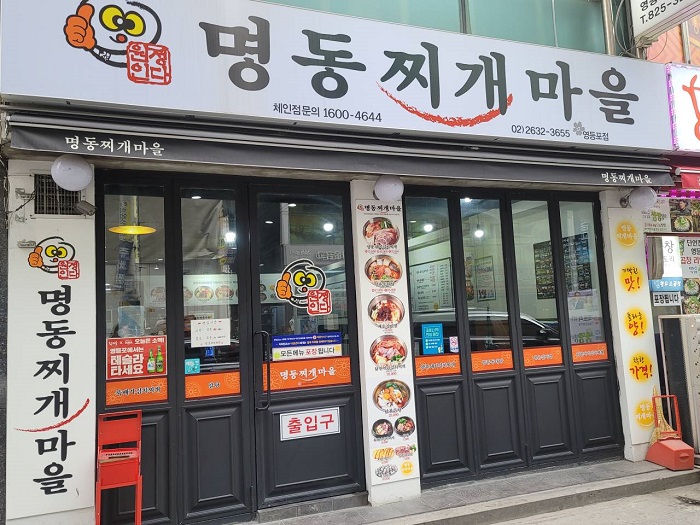
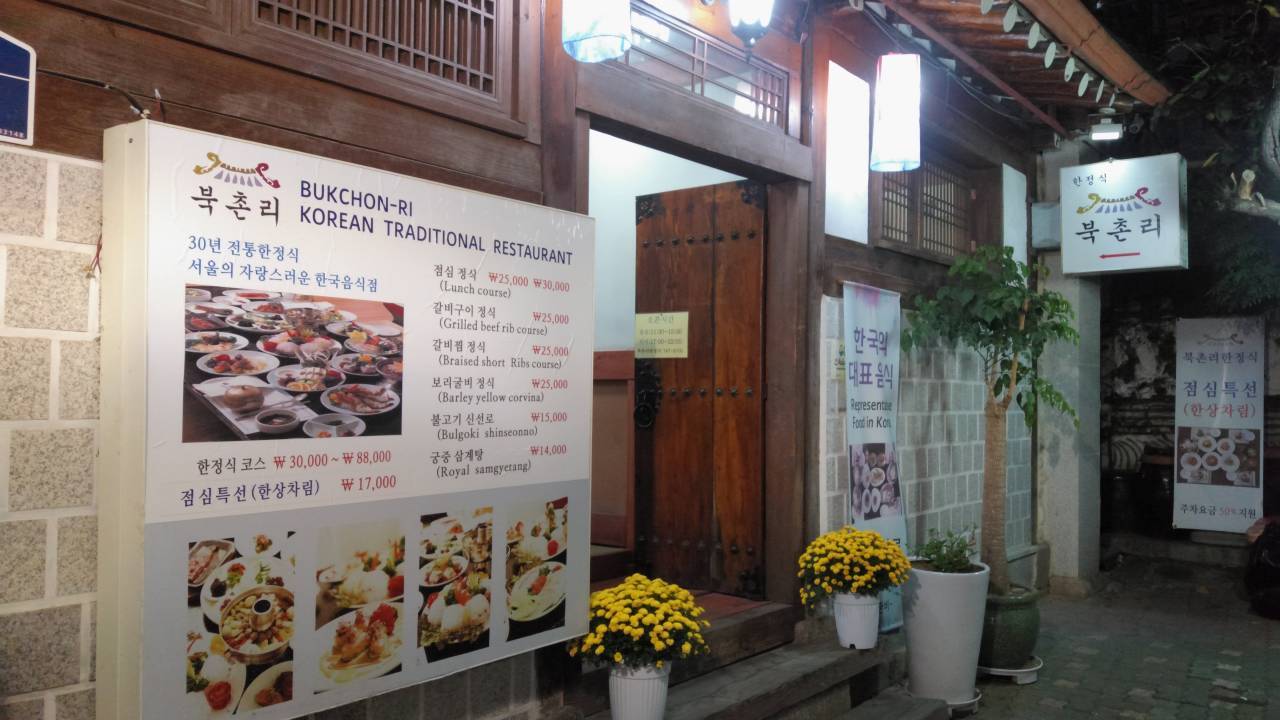

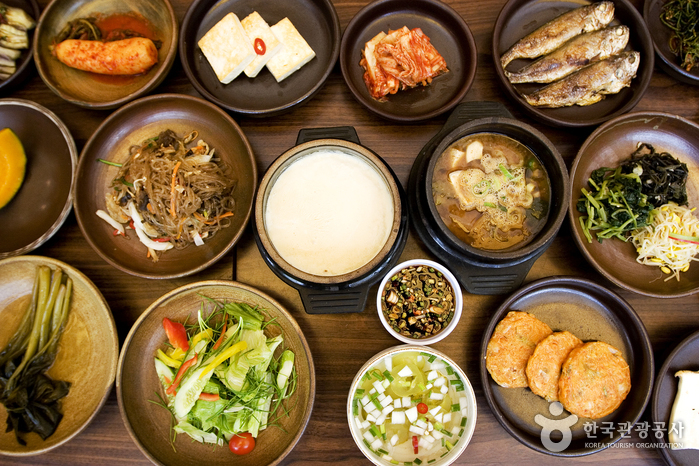
![Moonguesthouse [Korea Quality] / 문게스트하우스 [한국관광 품질인증]](http://tong.visitkorea.or.kr/cms/resource/09/2577509_image2_1.jpg)
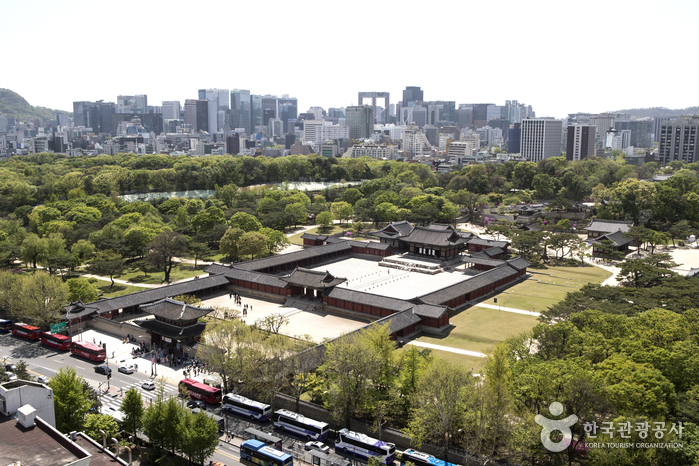
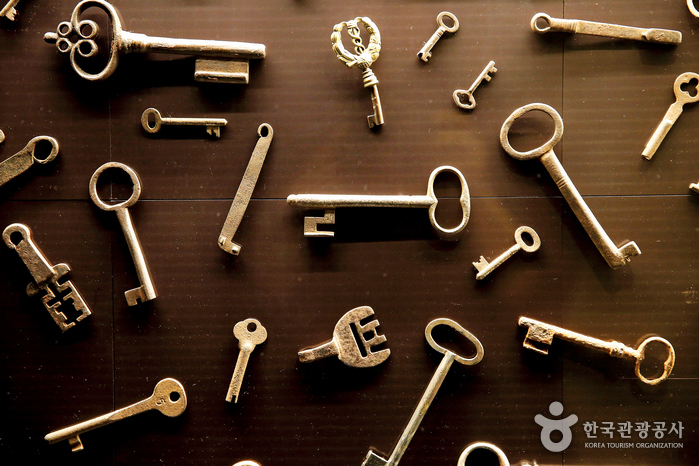
 Français
Français
 한국어
한국어 English
English 日本語
日本語 中文(简体)
中文(简体) Deutsch
Deutsch Español
Español Русский
Русский